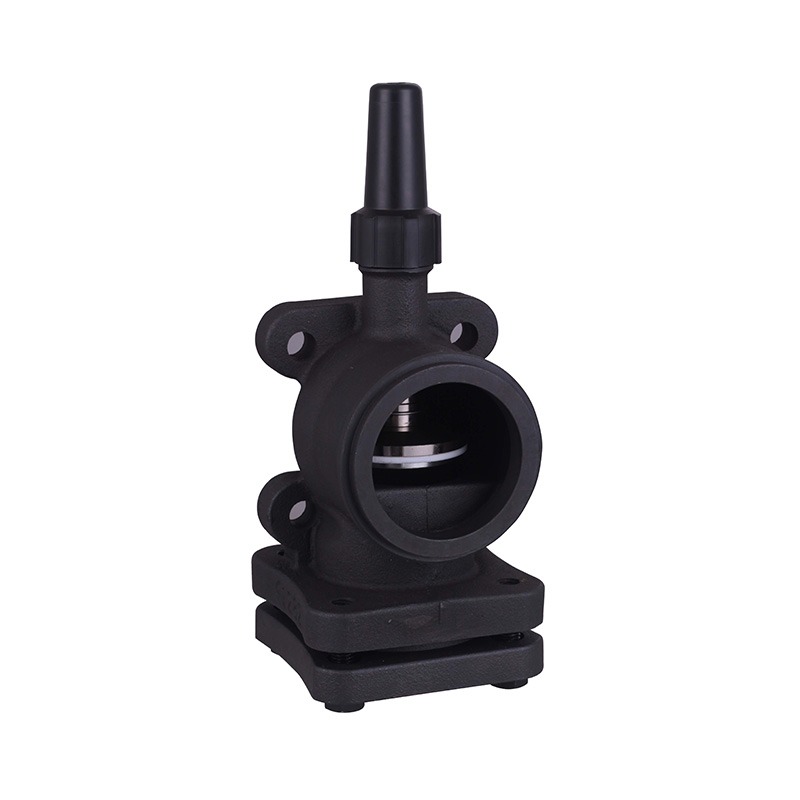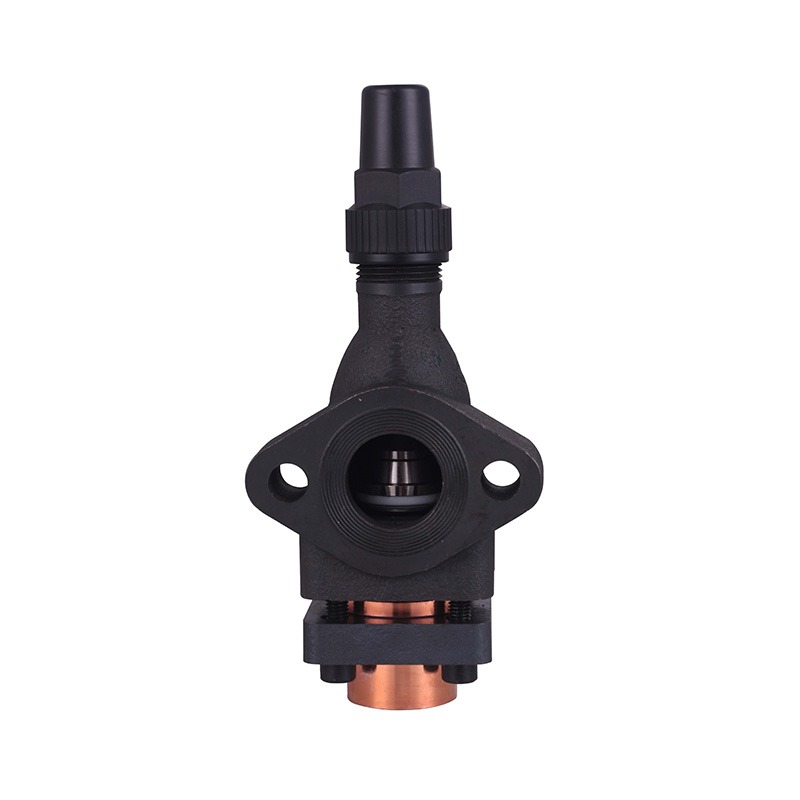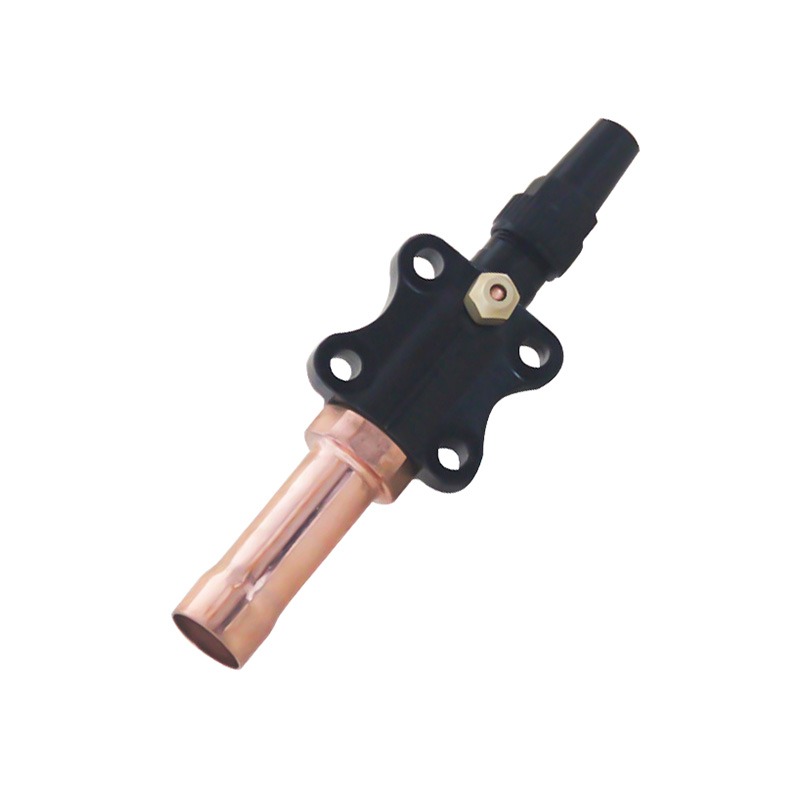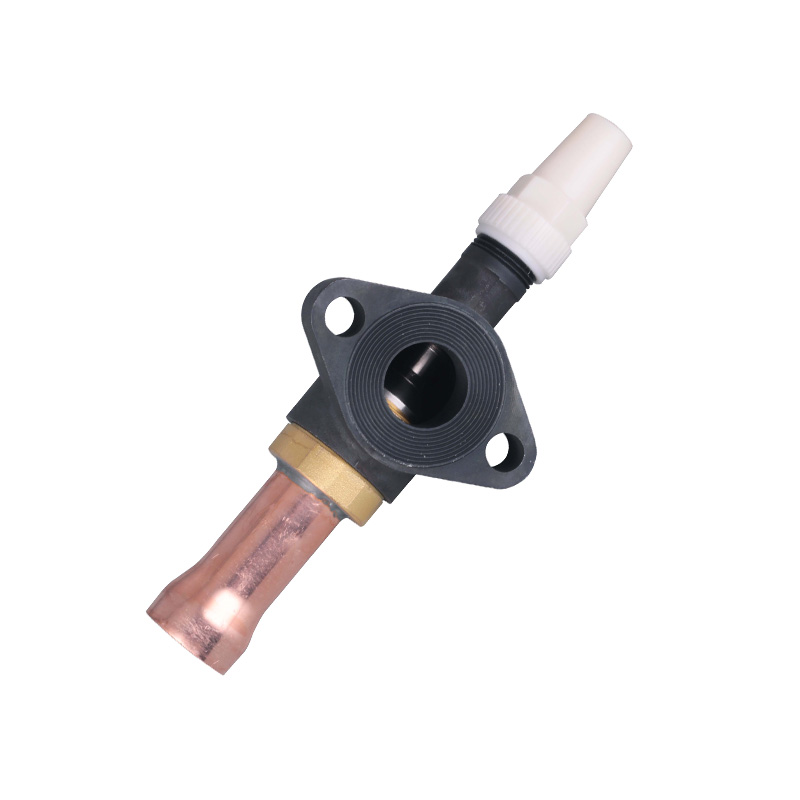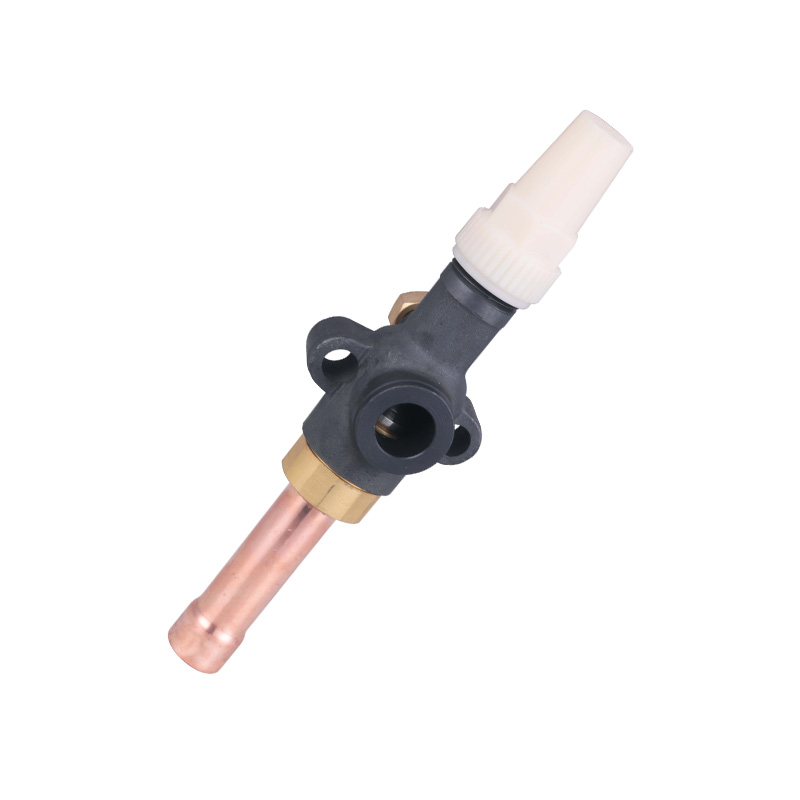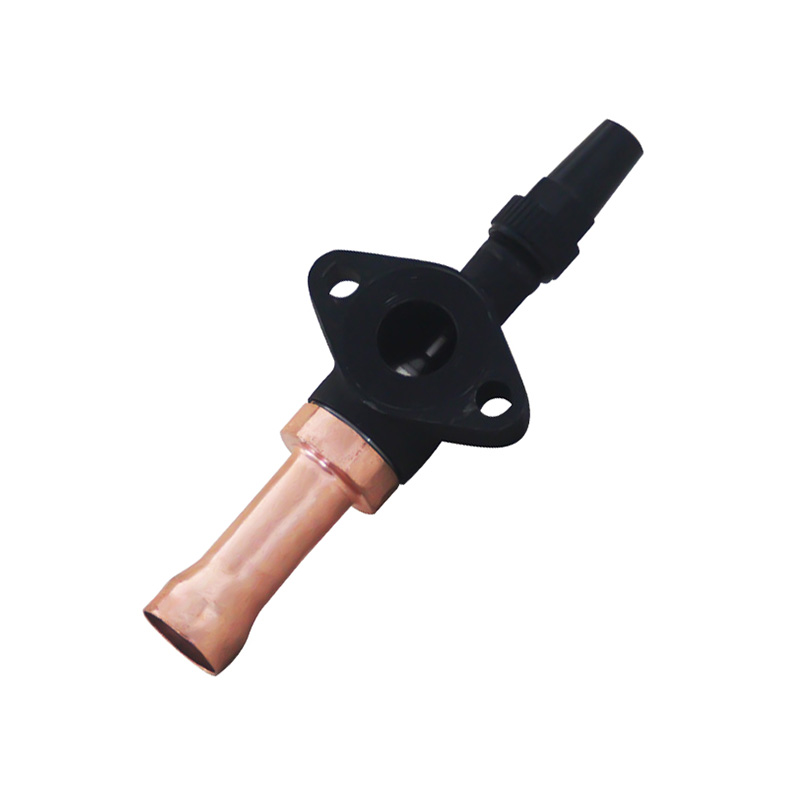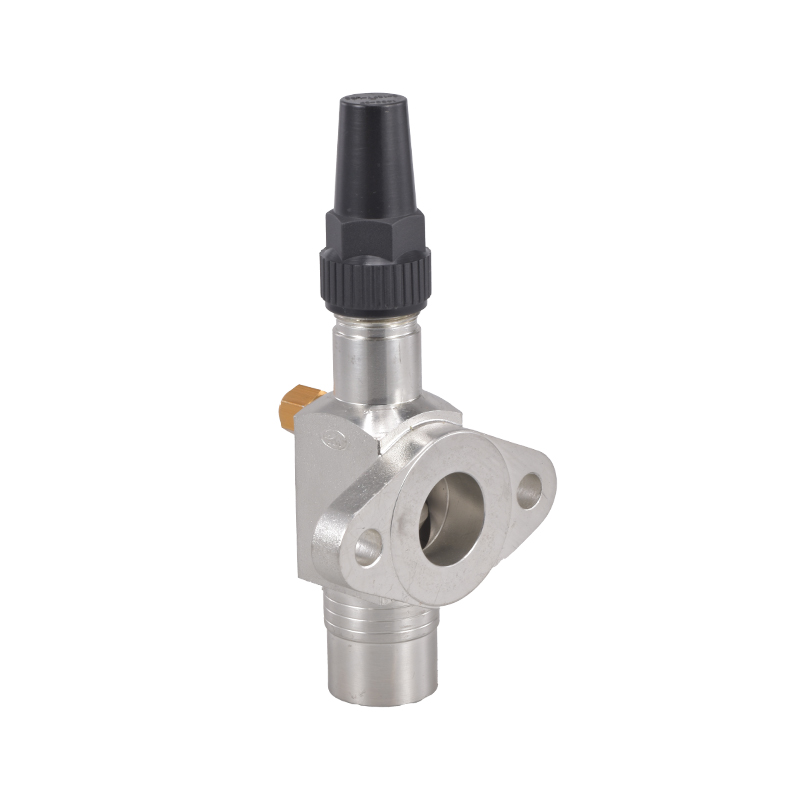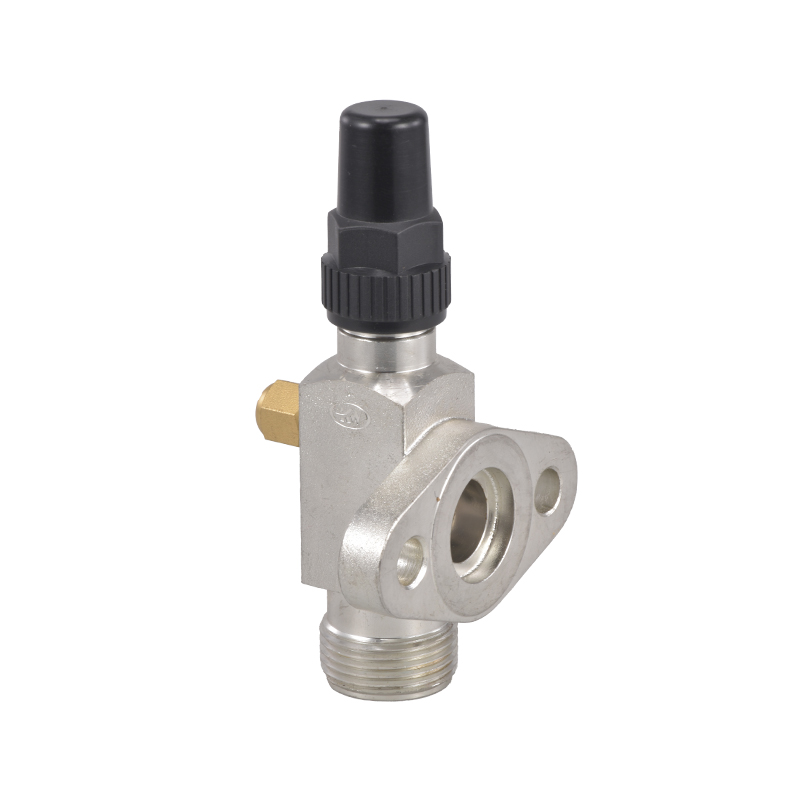How to Properly Size a Liquid Line Receiver for Your System?
 By Admin
By Admin
At the heart of any receiver refrigeration system lies the refrigerant receiver tank, which plays a pivotal role in maintaining the stability of the liquid refrigerant. The liquid line receiver's primary function is to store excess refrigerant and to provide a buffer against pressure fluctuations within the system. It is a critical component that must be properly sized to handle the specific demands of your system.

Key Factors in Sizing a Liquid Line Receiver
When determining the appropriate size for a liquid line receiver, several factors must be taken into account. is the capacity of the receiver refrigeration system itself. The larger the system, the larger the refrigerant receiver tank required to handle the increased volume of refrigerant. Additionally, the type of refrigerant used in the system can impact the sizing, as different refrigerants have different properties that affect their behavior within the receiver.
The operating pressure of the receiver refrigeration system is another critical factor. Higher pressures may necessitate a larger receiver to accommodate the increased stress on the system. Furthermore, the design of the liquid line receiver and the specific application it serves must be considered. Industrial applications may require larger receivers compared to commercial or residential systems.
Calculating the Ideal Size
To calculate the ideal size for a liquid line receiver, engineers must determine the total volume of refrigerant that the system will handle. This can be done by multiplying the system's cooling capacity by the specific volume of the refrigerant at the expected pressure and temperature conditions. The next step is to consider the system's operating conditions, such as whether it is designed for continuous or intermittent operation, as this can affect the receiver's size requirements.
The Importance of a Well-Sized Refrigerant Receiver Tank
A well-sized refrigerant receiver tank is not just about meeting the immediate needs of the receiver refrigeration system; it's also about ensuring long-term reliability and efficiency. An undersized liquid line receiver may cause system instability, increased wear and tear on components, and even potential system failure. Conversely, an oversized receiver can cause unnecessary costs and may not provide the necessary pressure regulation.
Practical Tips for Sizing a Liquid Line Receiver
When sizing a liquid line receiver, it's important to consult with manufacturers' guidelines and industry standards. Each refrigerant receiver tank and liquid line receiver is designed with specific applications in mind, and manufacturers often provide detailed recommendations for sizing based on the system's capacity and operating conditions.
Regular maintenance and inspection of the receiver refrigeration system can also provide valuable insights into the performance of the liquid line receiver. Monitoring pressure and temperature readings can help identify if the current receiver size is adequate or if adjustments are needed.
Sizing a liquid line receiver is a critical step in the design and operation of a receiver refrigeration system. By considering the system's capacity, operating pressures, and specific application, along with following manufacturers' guidelines, one can ensure the selection of an appropriately sized refrigerant receiver tank. This not only enhances the system's performance but also contributes to its longevity and reliability. At Kewei, we pride ourselves on providing our clients with the knowledge and support needed to make informed decisions regarding their refrigeration systems, ensuring that every component, including the liquid line receiver, is goodly sized for success.




 English
English русский
русский Deutsch
Deutsch
